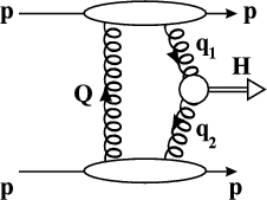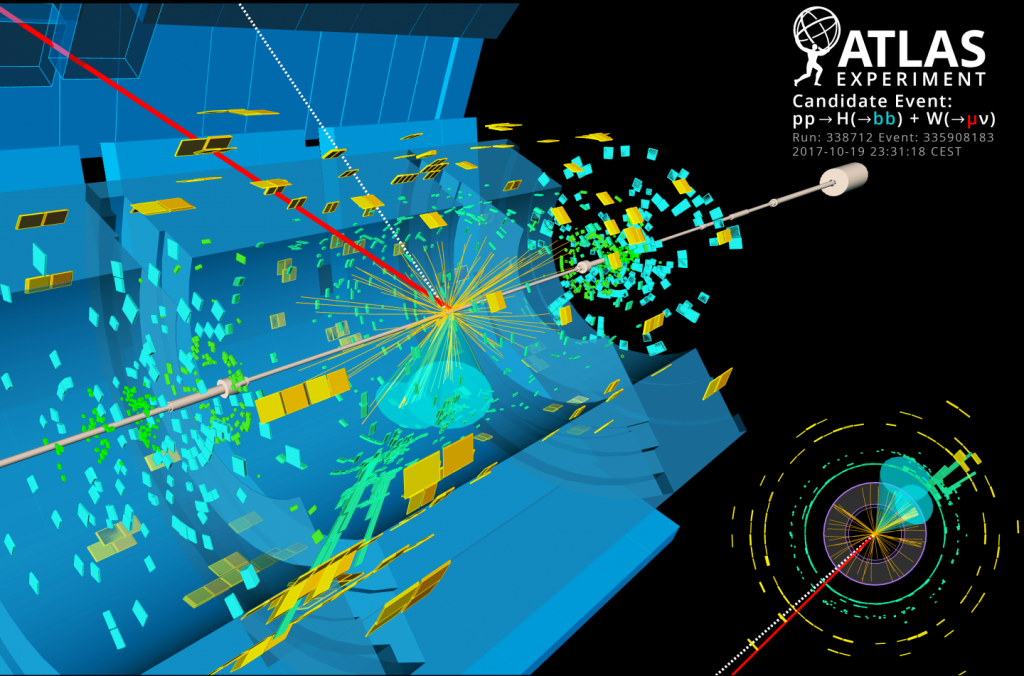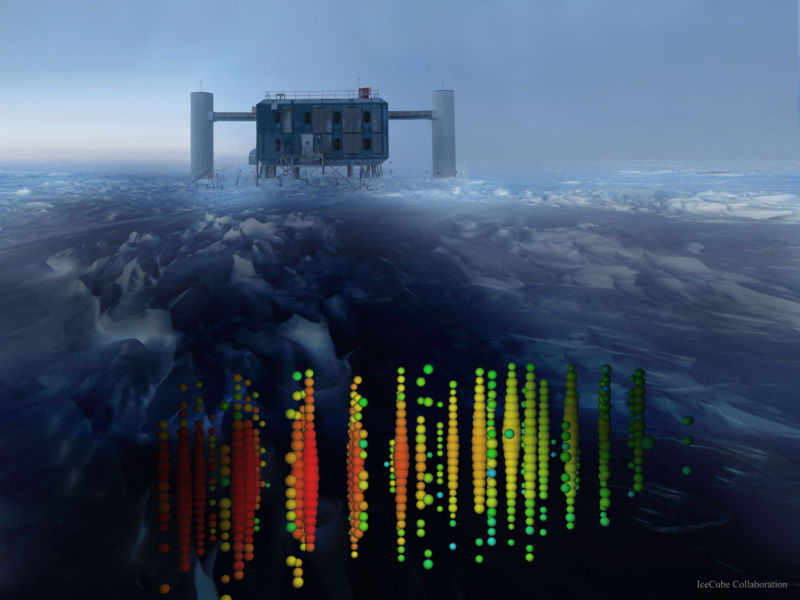Open Research Opportunities for 2025 onward
The PhD supervisors and projects for fully funded studentships beginning in October 2025 will be listed here in due course.
See here for information on how to apply. Please indicate interest in physics in the application materials if the projects listed in this section are your main interest. We also consider applications to the particle theory division of the Mathematics department, under the rubric of the Centre for Particle Theory.
Ongoing Postgraduate Research in the 2024 Cohort
Neutrino Physics
…
The PGR Student has been selected and will join the IPPP in October 2024.
Supervisor: Jessica Turner
Precision calculations for present and future colliders

After the successful completion of Run I and II of the Large Hadron Collider (LHC) the much anticipated discovery of signals of beyond-the-Standard-Model physics is still lacking. Precision tests scrutinising the Standard Model are of prime importance in its physics programme, now and in the foreseeable future. At the same time new physics searches are looking for increasingly small signals demanding more precise estimates of the Standard Model backgrounds. Run III, having commenced recently, and the High-Luminosity upgrade thereafter, will further increase the available luminosity, enlarging the statistical prowess of the recorded data in most physics regions of interest. This expansion of sensitivity in both precision measurements and new physics searches in the multi-TeV region necessitates an immense improvement of the accuracy of theoretical predictions.
Further, strongly interacting new physics signals have been largely excluded by now, putting an emphasis on weakly interacting models and their electroweak Standard Model backgrounds. This is not only true for ongoing precision LHC measurements, but all the more so for all proposed future e+e− colliders. Lacking the vast energy range of a hadron collider they focus, in one form or another, on measurements with unprecedented precision to probe the Standard Model and, possibly, expose any deviations from its predictions.
The research performed in this PhD aims to provide precision calculations for relevant processes and observables at the LHC and future colliders that are necessary to contrast and test the predictions of our current best theory, the Standard Model, against the expected high-precision experimental data. In consequence, contribution from new physics not contained in the Standard Model to such processes and observables can be analysed and interpreted either as discoveries or more and more stringent exclusion limits.
The PGR Student has been selected and will join the IPPP in October 2024.
Supervisor: Marek Schoenherr
Theories to enable searches for new physics with high energy and high precision experiments

The research performed in this PhD position seeks to deepen our understanding of the fundamental theories that describe our universe. Theories addressing the open problems not explained within the Standard Model of particle physics, for example the question what constitutes dark matter, how neutrinos obtain their masses, or whether new physics can explain the difference between the matter and antimatter we observe in the Universe, or how we can observe the cosmic neutrino background, have direct and indirect effects. In parallel novel experimental technologies have changed the way we can discover new physics significantly. We now have high-statistics available to probe the properties of the Higgs boson, gravitational wave detectors have enabled to search for completely new signals, and quantum sensors have made enormous progress in the last decade. The goal of this research is to consistently describe theories of new physics taking into account all effects dictated by the mathematical consistency and the symmetries of the theory, to explore the implications of this description and to advise novel ways top observe these direct and indirect effects. Special focus will be on fully exploiting the experimental advances both in high-energy physics and high-precision physics. Familiarity with both quantum field theory calculations and scientific software are beneficial for this project.
Supervisor: Martin Bauer
Unveiling the Neutrino Mysteries: From Particle Physics to Astrophysics

As part of the project, we will explore neutrino properties in light of the newly discovered sources by the IceCube (pictured above) and KM3net experiments. We will also investigate the 3-neutrino paradigm through upcoming measurements by the Dune, Juno, and HyperK experiments.
PGR student: Joseph Tudor (starts October 2024)
Supervisor: Ivan Martinez-Soler
Phenomenology at Particle Colliders and Simulations
High-energy collisions at particle accelerators continue to provide us with the best and most varied data and insights concerning the fundamental constituents of matter and the rules according to which they interact. After the discovery of the Higgs boson a decade ago, the current flag-ship experiments at the CERN LHC are entering a phase where their ever increasing precision is cornering and excluding ideas for extensions of the Standard Model. At the same time, the particle community is discussing the experiments after the LHC era, with a wide array of options and a broad range of physics opportunities.
For all these facilities at current and future particle colliders simulations bridge the gap between theoretical concepts and experimental data, turning the former into calculations and results that can be directly compared with the latter. Consequently, simulation tools such as SHERPA event generator are a unique and non-dispensable part of all phenomenological efforts to shed light on the behaviour of matter at its most fundamental level.
Frank’s PhD project will center around extending the capabilities of SHERPA with the latest theoretical results and methods and using the event generator to propose new measurements to the experimental community.
The PGR Student has been selected and will join the IPPP in October 2024.
Supervisor: Frank Krauss
Shedding light on dark matter with new phenomenological tools and astrophysical data
H The particle nature of dark matter, constituting greater than 80% of the matter content of the Universe, continues to elude us. Recent breakthroughs in astronomy may hold the potential to unravel this mystery, as they allow access to previously concealed regimes of the cosmos.
In particular, wo novel types of astrophysical data may lead to a breakthrough in our understanding of dark matter. Firstly, there is the advent of gravitational wave (GW) astronomy, marked by the detection of a binary black hole merger by the LIGO/Virgo collaboration in 2015. In 2023, pulsar timing arrays also reported a signal consistent with nanoHz gravitational waves. Future observation runs and future GW experiments will advance significantly in frequency range and sensitivity, opening up new directions for phenomenological studies of particle physics. Secondly, infrared (IR) astronomy is poised to revolutionise our understanding of the cosmos. With the launch of next-generation space telescopes including JWST and the Nancy Grace Roman Space Telescope (RST), and the refinement of ground-based observatories, we will be able to probe deeper into the universe than ever before, capturing images and spectra of celestial objects that remain elusive in other wavelengths.
In this PhD project you will work on phenomenology of dark matter through the interpretation of astrophysical data, paving the way to answer fundamental questions about the nature of dark matter. You will work with a sophisticated arsenal of tools, which will likely include stellar evolution simulations and various data analysis and machine learning techniques, and collaborate with experts across different fields.
The PGR Student has been selected and will join the IPPP in October 2024.
Supervisor: Djuna Croon


